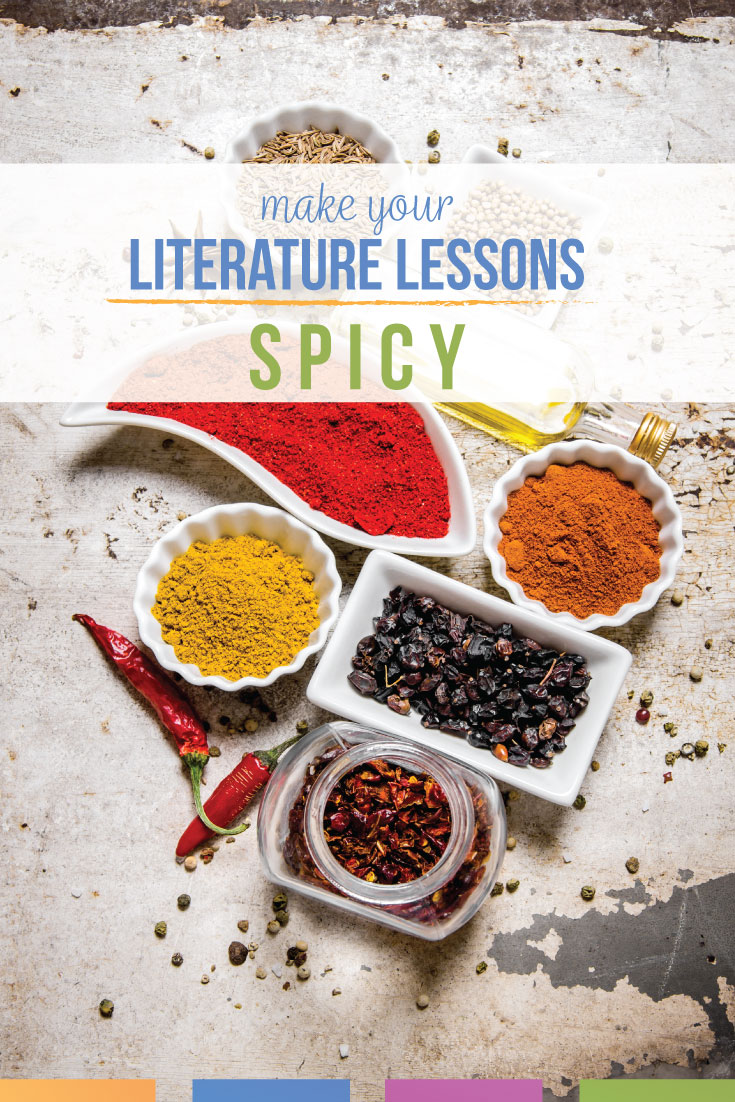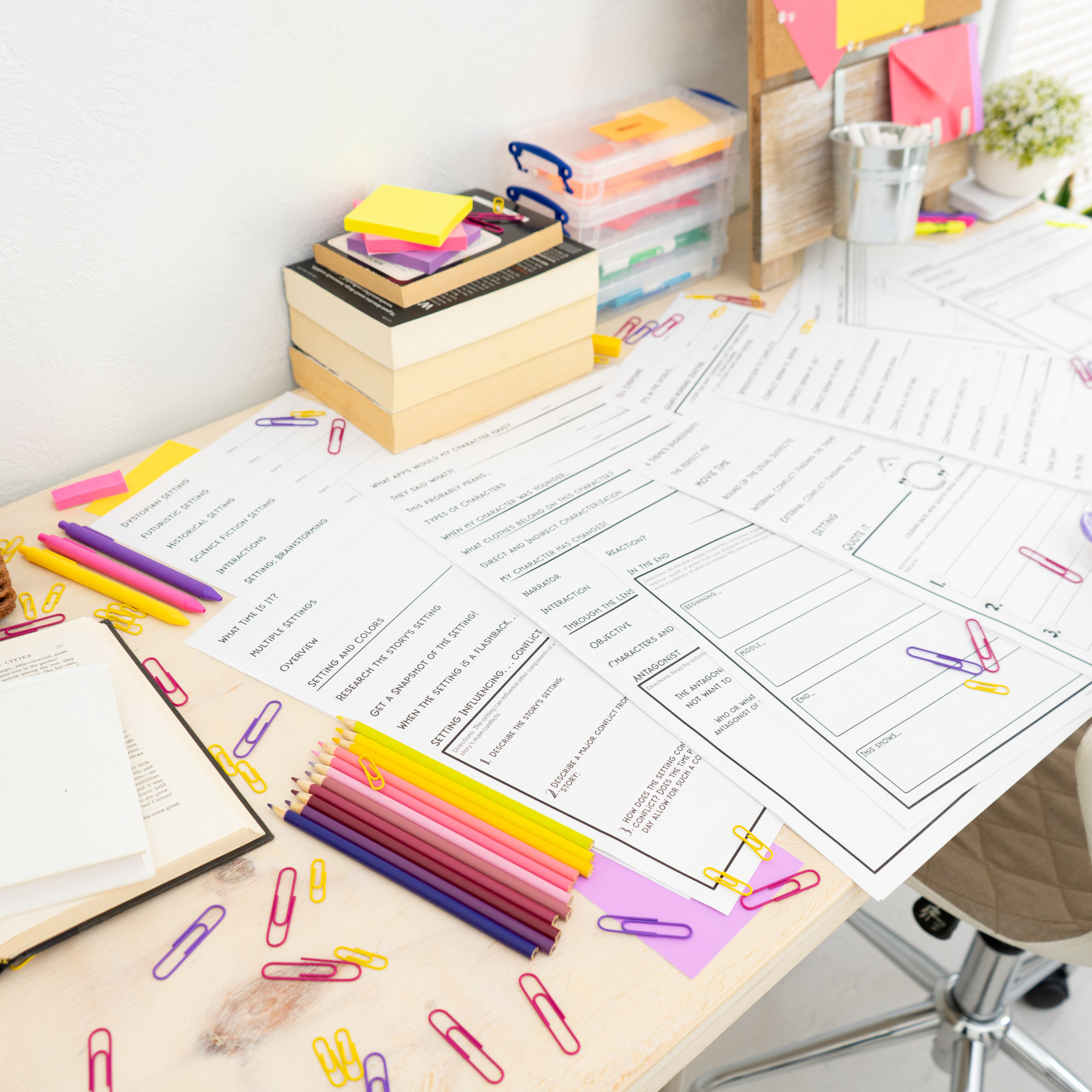Novel activities for student choice, helping comprehension, engagement. . .
Sometimes a teacher needs a selection of quick, go-to novel activities. A lesson plan can be perfect, but students may dislike a planned activity. They may need more review. Sometimes, you need to add spice when teaching literature.
No matter the novel unit that you love or the character analysis you have planned, a few options can improve class discussion and understanding.
How can you create a memorable experience with a novel activity?
To create a memorable experience with a novel activity, choose activities that actively engage readers and encourage them to think critically about the text. Incorporate hands-on activities, discussions, and creative projects that allow readers to connect with the characters and themes on a deeper level.
With a few tweaks, these novel activities will work for any piece of literature.
Novel activities for any book: longer projects.
If you are looking for work with small groups, these novel study activities will help students to study the book’s literary elements, to conduct literary analysis, and to review the class novel collaboratively.
1. Draw a map. Map out a house, town, or any other setting it the story. Stories with multiple stories might be challenging, but encourage students to be creative and include as much detail as possible.
A fun take on a map? A character map! Outline what the main character has accomplished, endured, and survived.
2. Speaking of settings… create a timeline of the story. A timeline or storyboard will review the major events and plot points in the story. This activity not only helps students visualize the sequence of events but also allows them to analyze the pacing and structure of the narrative.
3. Write a Spark Notes (old school Cliff Notes) summary of a particular part of the story. Individuals or partners can research and write about symbolism, important quotes, themes, motifs, and so.
4. Summarize each chapter with pictures. Assign a chapter per student or per group. Then, have groups provide thought-provoking questions that delve into character motivations, plot twists, and underlying themes.
Place the questions underneath the chapter summaries and conduct a gallery walk. This activity fosters critical thinking skills while allowing readers to share their insights and interpretations with their peers.
5. Create a cartoon strip of irony. (You could also choose a different concept like characterization.) Irony is a powerful literary device that can add depth and complexity to a story. By creating a cartoon strip that showcases instances of irony in the book, readers will not only have a visual representation of this literary technique but also gain a deeper understanding of its significance within the narrative.
Students can match the cartoon strip to the book’s cover as a starting point.
6. Build a scrapbook of highlights from the book. This works well because each student can make a page. Assemble the completed pages in a PDF or bind them. This helps visual learners as they review. Have students find pictures and fonts to represent different aspects of a character’s personality, appearance, and background. This will help students analyze and understand the characters in the story.

Novel activities for any book: independent projects.
7. Hate the ending? Rewrite it or select a pivotal scene from the novel and ask students to rewrite it from a different character’s perspective or in a different tone. Challenge students to diverge from the original plot and create their own conclusion for the story. Encourage them to think critically about how their ending would impact the overall message and themes of the book.
The rewriting can easily become a creative writing activity.
8. Email the author. Praise or criticize the novel. (Discuss proper tone in student writing!) The vocabulary that students use will be important, and can easily lead to including more standards.
9. Assemble a collage. Find pictures online or from magazines that tell a story about a certain element from the novel. Choose images that represent the emotions, personality traits, or experiences of each character in the book. If a movie has been made from the story, readers can find a real picture of the character for inspiration.
10. Rank the best conflicts. Which conflicts made students think? Which conflicts were lame?
11. Draft a “top ten list” of the best/worst events from the novel. Have students present them as a public speaking activity.
Adapt these novel activities for any piece of literature. Suggest students add their personality to the assignment, and see what they learn. (See what they teach you!)
Extend the ELA activities.
Easily, the above reading activities can be extended into deeper lessons.
I know there are more novel activities! What quick activities do you use with any piece of literature?
Psst! I have more ideas like this that you can use with any short story or novel. Sign-up below, and I’ll send you a link to 101 activities for literature.


